Nausea Medicine Size
Nausea Medicine Market Growth Projections and Opportunities
The market for nausea medicine is influenced by various factors that shape its dynamics and growth. One significant factor is the prevalence of nausea-inducing conditions and diseases. Nausea can be a symptom of various underlying health issues such as pregnancy, chemotherapy, motion sickness, and gastrointestinal disorders. The higher the incidence of these conditions, the greater the demand for nausea medication. Additionally, demographic factors such as aging populations and lifestyle changes can contribute to the increasing prevalence of nausea-related illnesses, further driving market growth.
Another crucial factor is technological advancements and innovations in the pharmaceutical industry. Pharmaceutical companies are continually developing new formulations and delivery methods for nausea medication to improve efficacy, safety, and patient compliance. These innovations often lead to the introduction of new products into the market, expanding the options available to patients and healthcare providers. Furthermore, advancements in drug delivery systems, such as transdermal patches and orally disintegrating tablets, offer convenience and improved therapeutic outcomes, thereby influencing market dynamics.
Regulatory factors also play a significant role in shaping the nausea medicine market. The approval process for new drugs by regulatory agencies such as the FDA (Food and Drug Administration) in the United States and the EMA (European Medicines Agency) in Europe can impact market access and competitiveness. Stringent regulations regarding drug safety, efficacy, and manufacturing standards ensure quality control but can also pose challenges for pharmaceutical companies seeking market approval for their products. Changes in regulatory requirements or guidelines may necessitate adjustments in product development strategies and timelines, affecting market dynamics.
Market competition is another key factor influencing the nausea medicine market. The presence of multiple pharmaceutical companies competing for market share drives innovation, pricing strategies, and marketing efforts. Established players with a strong product portfolio and brand recognition may have a competitive advantage over new entrants. However, the emergence of generic alternatives and biosimilars can intensify competition, leading to price pressures and market fragmentation. Strategic collaborations, partnerships, and mergers and acquisitions are common tactics employed by companies to strengthen their competitive position and expand their market presence.
Consumer preferences and healthcare trends also influence the demand for nausea medication. Patients and healthcare providers may prefer certain formulations or brands based on factors such as efficacy, tolerability, side effect profiles, and cost. Additionally, increasing awareness of the importance of managing nausea and improving quality of life for patients undergoing chemotherapy, experiencing morning sickness during pregnancy, or suffering from chronic conditions can drive demand for effective medication options. Shifts in healthcare policies, reimbursement practices, and patient access to healthcare services can also impact market dynamics and demand for nausea medication.
Furthermore, economic factors such as healthcare expenditure, insurance coverage, and affordability affect market growth and accessibility to nausea medication. Economic downturns or changes in healthcare reimbursement policies may influence patient access to prescription medications and healthcare services, potentially impacting market demand. Additionally, disparities in healthcare access and affordability across different regions or countries can create variations in market dynamics and growth opportunities.
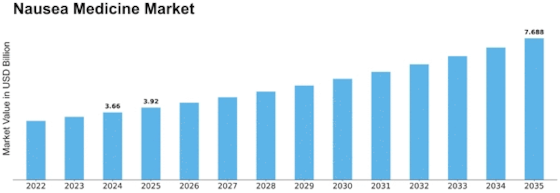

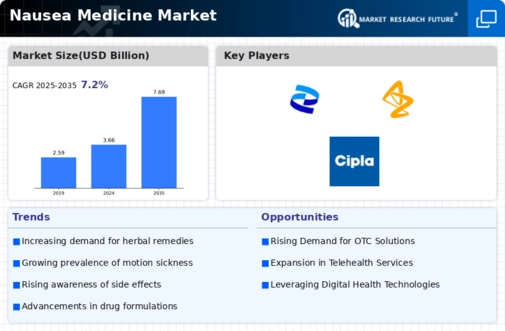
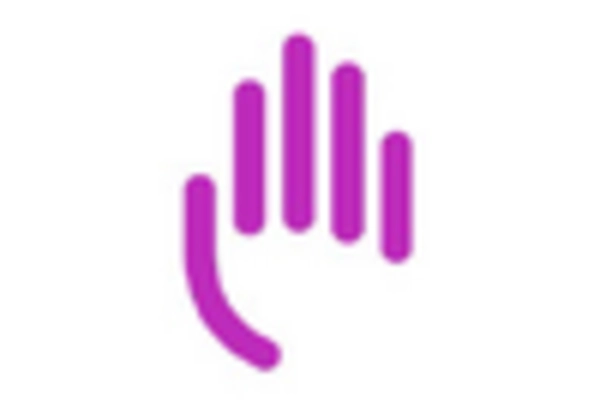
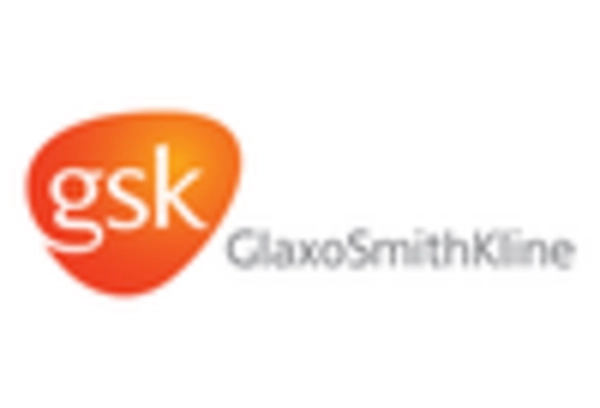
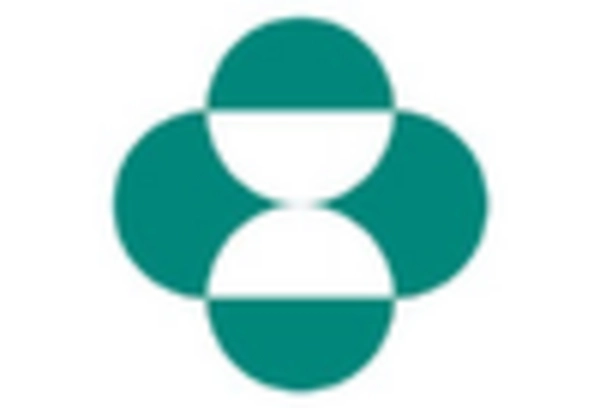
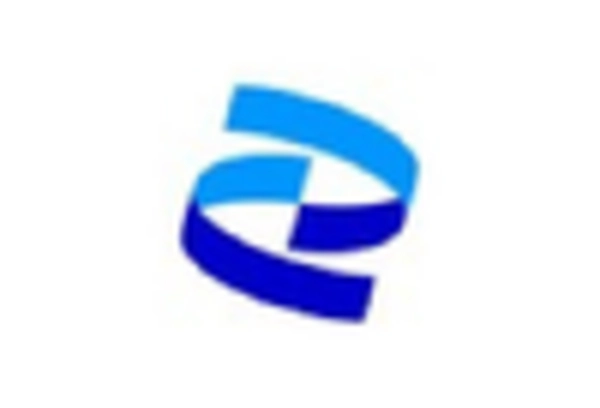
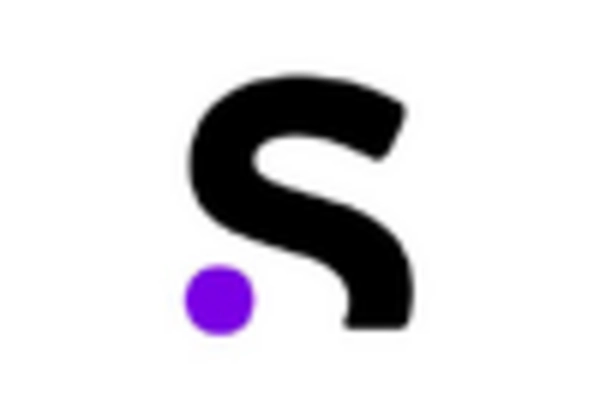
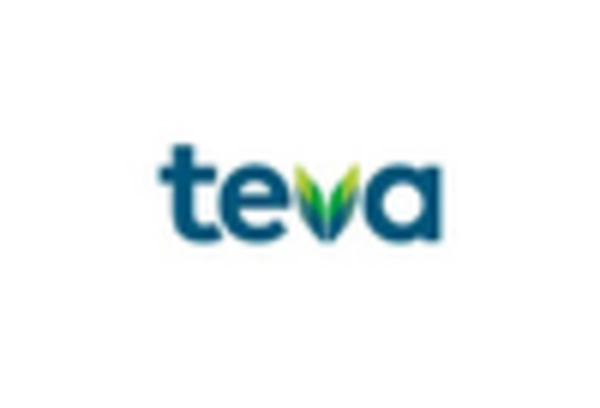









Leave a Comment